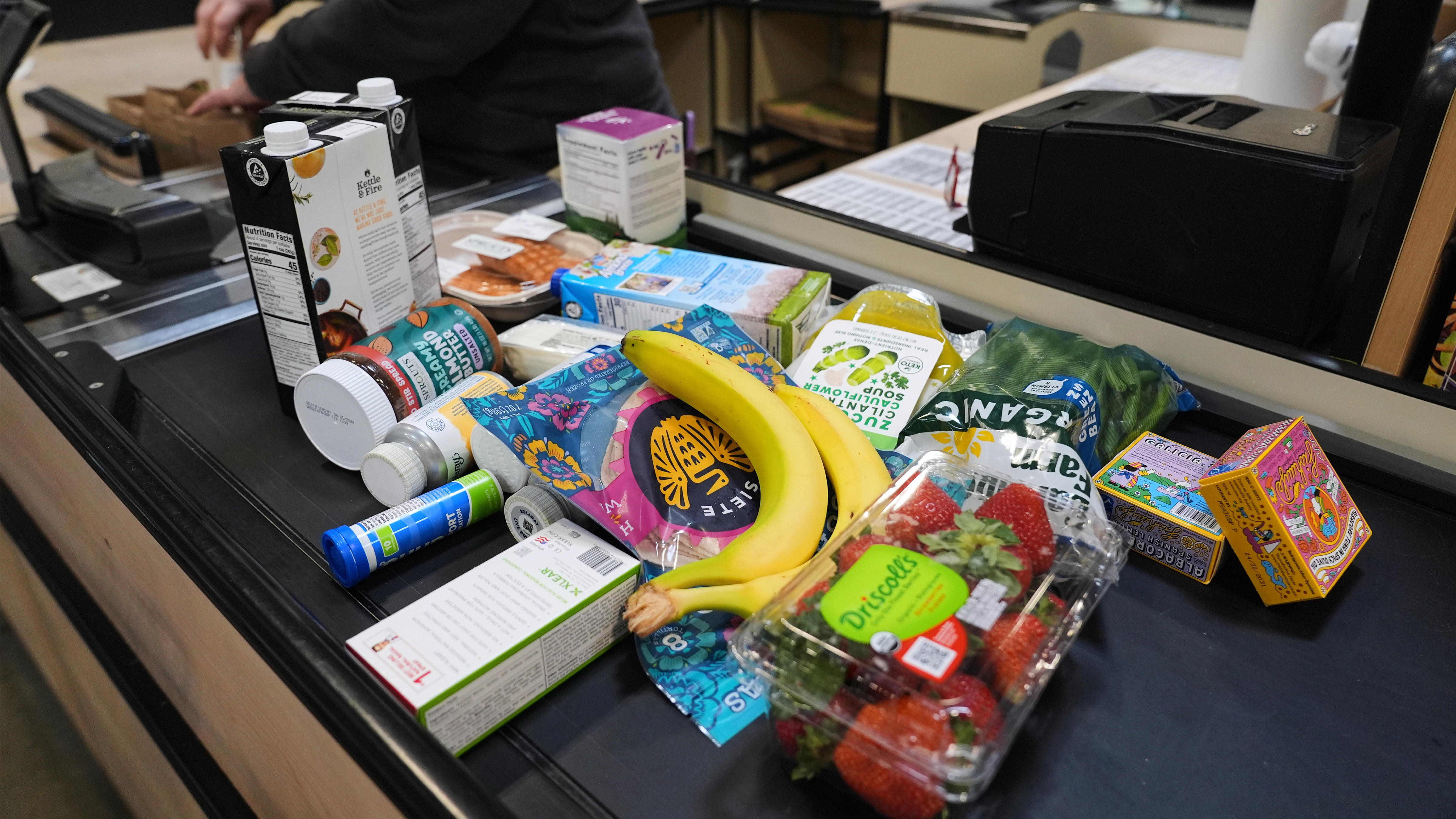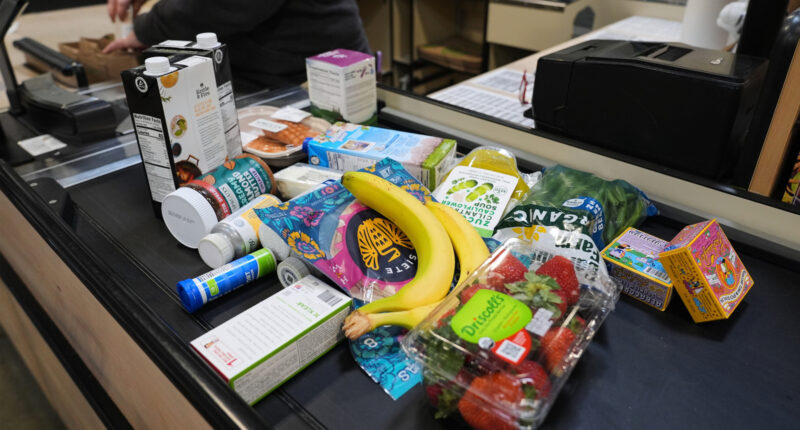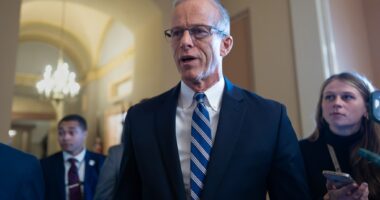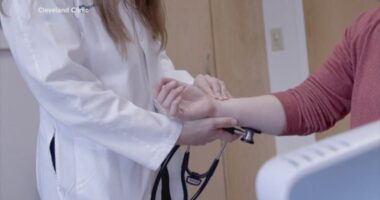Share this @internewscast.com
Ultimate decisions regarding the reinstatement of full payments under the SNAP food assistance program, which aids approximately one in eight Americans with their grocery purchases, rest with the U.S. Supreme Court and Congress. This comes as financial strains intensify for families in various states.
On Tuesday, the Supreme Court is slated to make a decision on the Trump administration’s plea to continue preventing states from disbursing full SNAP benefits. The administration argues that these funds might be required for other needs.
The conflicting court decisions thus far have resulted in a patchwork scenario: beneficiaries in some states, such as Hawaii and New Jersey, have received their full monthly benefits, while others, including Nebraska and West Virginia, have not received any.

This legal tug-of-war could become irrelevant if the U.S. House passes, and President Trump signs, legislation swiftly ending the federal government shutdown.
SNAP has been the center of an intense fight in court
The decision by the Trump administration to halt funding for the Supplemental Nutrition Assistance Program post-October due to the shutdown has led to lawsuits and a series of rapid, often contrasting, judicial decisions. These decisions address issues of governmental authority while affecting food access for 42 million Americans.
Initially, the administration complied with two judicial rulings from October 31, which mandated at least partial funding for SNAP. Consequently, recipients were promised up to 65% of their standard benefits. However, the administration resisted last week when a judge ruled that full funding for November was necessary, even if it meant using funds that the government intended to reserve for other emergencies.
The U.S. Supreme Court agreed to pause that order.
An appeals court said Monday that full funding should resume – and that requirement is set to kick in Tuesday night unless the top court takes action again.
It’s also a point in Congressional talks about reopening government
The U.S. Senate on Monday passed legislation to reopen the federal government with a plan that would include replenishing SNAP funds.
Speaker Mike Johnson told members of the House to return to Washington to consider the deal a small group of Senate Democrats made with Republicans.
Trump has not said whether he would sign it if it reaches his desk, but told reporters at the White House on Sunday that it “looks like we’re getting close to the shutdown ending.”
If the deal is finalized, it’s not clear how quickly SNAP benefits might start flowing.
Still, the Trump administration said in a filing Monday with the Supreme Court that it shouldn’t be up to the courts. “The answer to this crisis is not for federal courts to reallocate resources without lawful authority,” Solicitor General D. John Sauer said in the papers. “The only way to end this crisis – which the Executive is adamant to end – is for Congress to reopen the government.”
The impact is urgent for beneficiaries
The cascading legal rulings – plus the varying responses of each state to the shutoff – means people who rely on SNAP are in vastly different situations.
Some have all their benefits, some have none. In states including North Carolina and Texas, beneficiaries have received partial amounts.
In Pennsylvania, full benefits went out to some people on Friday. But Jim Malliard, 41, of Franklin, said he had not received anything by Monday.
Malliard is a full-time caretaker for his wife, who is blind and had a series of strokes earlier this year, and his teenage daughter, who suffered severe medical complications from surgery last year.
That stress has only been compounded by the pause in the $350 a month he receives in SNAP for himself, his wife and daughter. He has yet to receive any SNAP payment for November, and he’s down to $10 in his account and is relying on what’s left in the pantry – mostly rice and ramen.
“It’s kind of been a lot of late nights, making sure I had everything down to the penny to make sure I was right,” Malliard said. “To say anxiety has been my issue for the past two weeks is putting it mildly.”
.

















